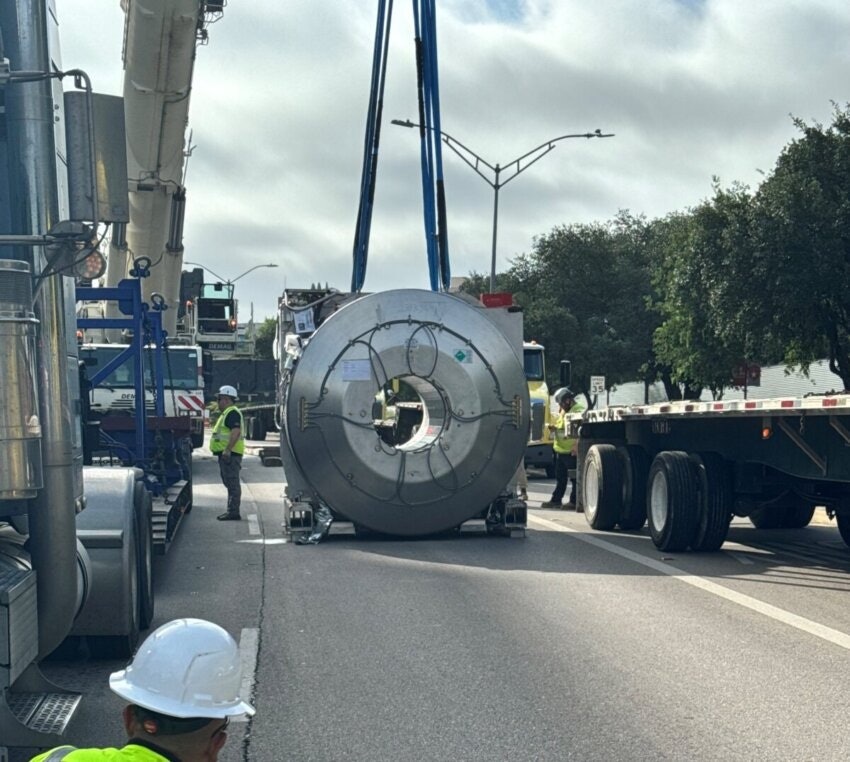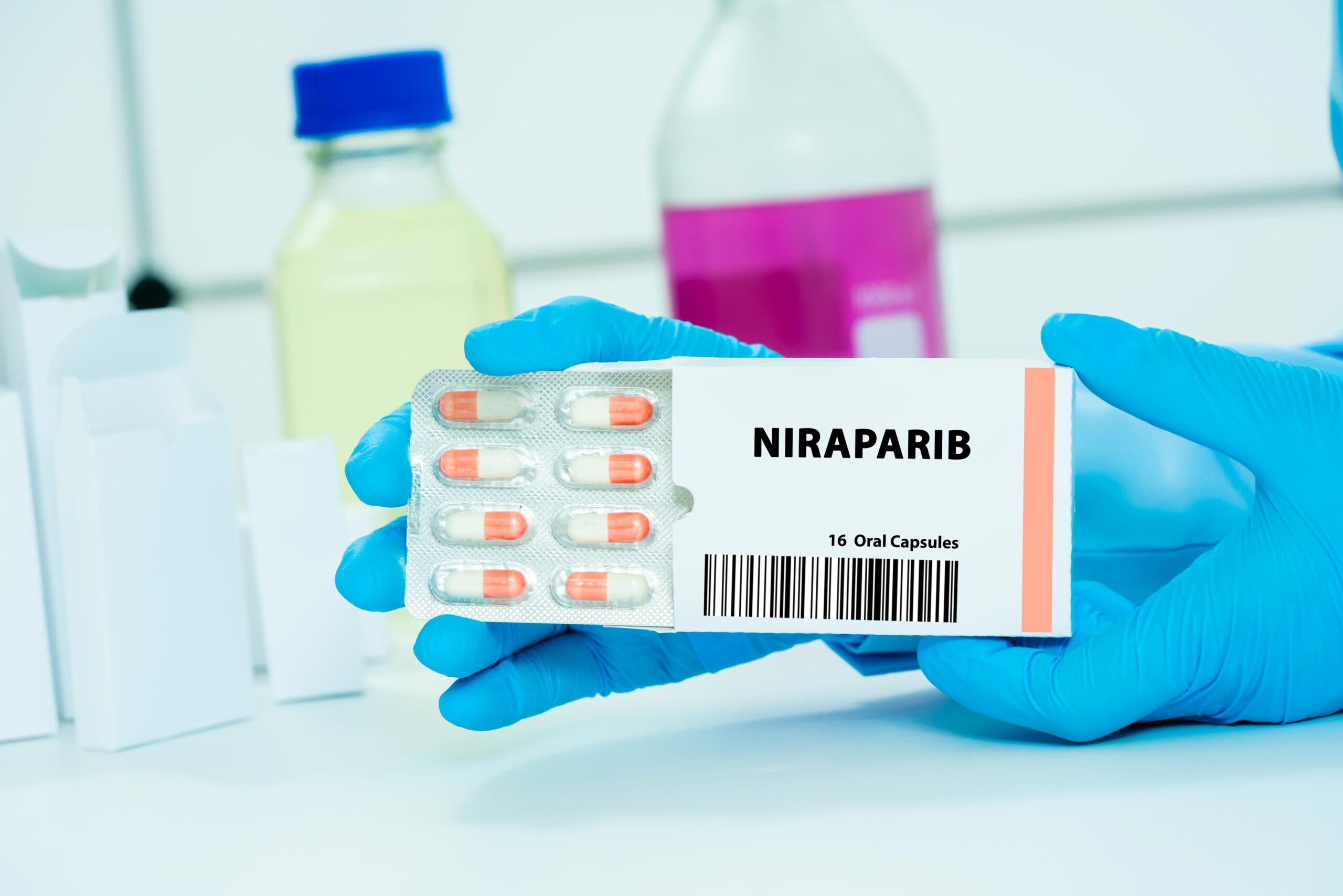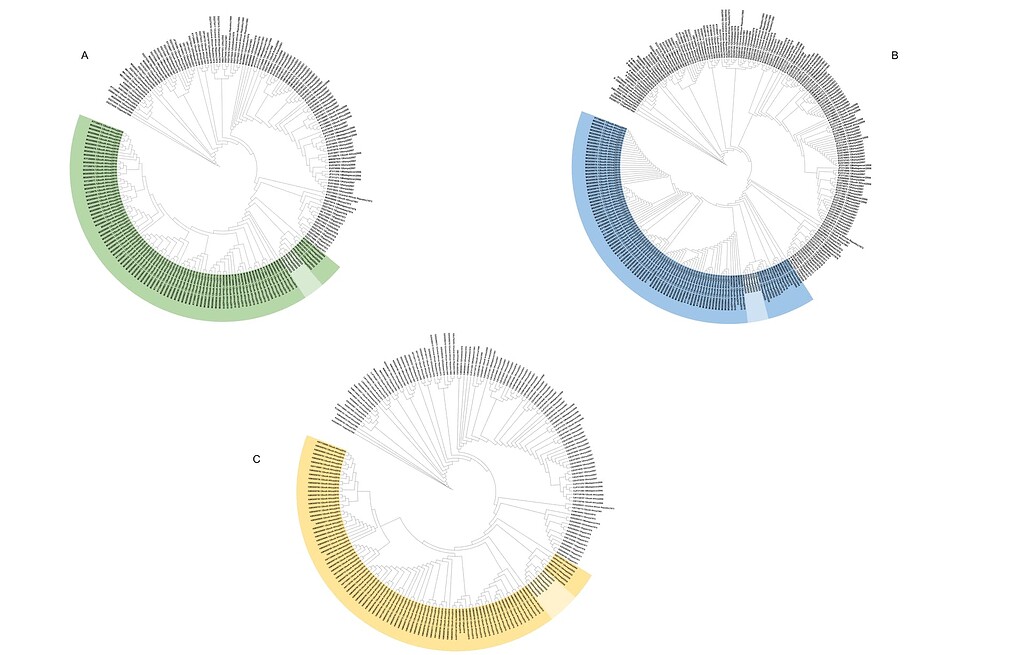Researchers from the University of Tokyo assessed the use of continuous glucose monitors (CGMs) as a less invasive method for identifying impaired glucose regulation in individuals without diagnosed diabetes. The study authors, who published…
Reuters The Ebola outbreak in the Democratic Republic of the Congo shows signs of containment, with no new confirmed or probable cases since the World Health Organization’s last update on October…







